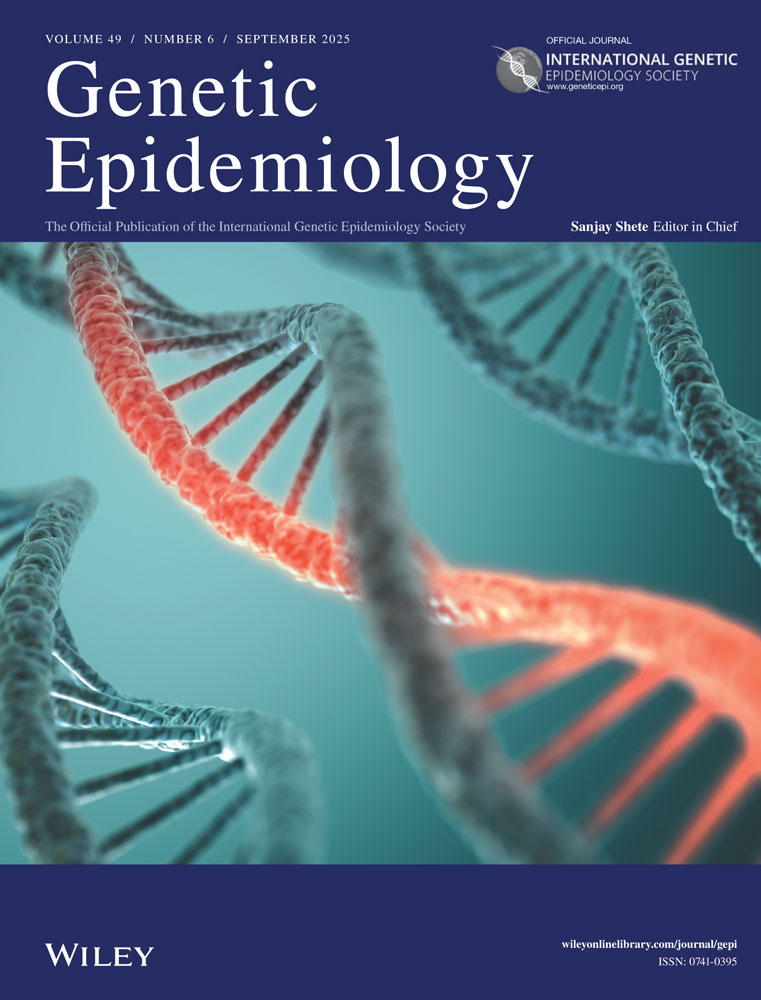An expected decrease in the incidence of autosomal recessive disease due to decreasing consanguineous marriages
Abstract
A recent decline in consanguineous marriages in Japan should have resulted in a decrease in the incidence of autosomal recessive disorders. Theoretical estimates were made of the chronological decrease in the incidence using a formula for Hardy-Weinberg expectation in a partially inbred population and applying appropriate consanguinity rates, taken from the literature, during the period from 1942 to 1983. Theoretically estimated also, using Nei's extended Dahlberg's formula, is a chronological decrease in the proportion of first-cousin marriages among the parents of affected individuals.
The estimated decrease in both indices during the period was substantial, and greater in disorders of low gene frequencies. The incidence of major autosomal recessive disorders was estimated to have decreased by 40 to 80% during the period. The proportion of first-cousin marriages among the parents of affected individuals dropped from 40–70% in 1945 to 5–15% in 1983.
Theoretical estimates of the magnitude of the decrease in the incidence and in the proportion of first-cousin marriages among the parents agreed fairly well with those of observed figures in phenylketonuria and Wilson's disease.




